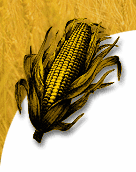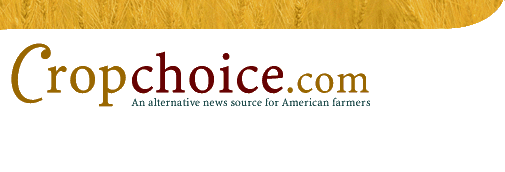

  |
|
|
CAST report reviews environmental impacts of biotech crops
(Monday, Sept. 9, 2002 -- CropChoice news) --
Information Systems for Biotechnology, September 2002,
Janet Carpenter, via AgNet:
The Council for Agricultural Science and Technology (CAST), a non-profit
consortium of scientists, recently released a study summarizing available
information on the environmental impacts of biotechnology-derived soybean,
corn, and cotton in comparison to their conventional counterparts. The
authors of the review concluded that biotechnology-derived soybean, corn and
cotton pose no environmental concerns unique or different than those
historically associated with conventionally developed varieties. Three teams
of researchers contributed to the report, reviewing the available scientific
literature in order to evaluate the range of environmental impact issues in
the context of traditional cropping practices. Authors are affiliated with
the National Center for Food and Agricultural Policy, Washington State
University, Clemson University, and the University of Illinois. The United
Soybean Board (USB) provided funding for the report from checkoff funds.
Soybean, corn, and cotton growers in developed and developing nations have
rapidly adopted biotechnology-derived commodity crops during the six years
of their commercial availability. In 2001, growers planted
biotechnology-derived seed on 46% of global soybean acreage, 7% of global
corn acreage, and 20% of global cotton acreage. To date, nearly all of the
planted biotechnology-derived crops have either introduced tolerance to
selected herbicides for weed control or protection against insect pests, or
both. Of the 52.6 million hectares of biotechnology-derived crops planted in
2001, 77% were herbicide tolerant, 15% were resistant to insect damage, and
8% were both herbicide tolerant and resistant to insect damage. In the US,
adoption of biotechnology-derived soybean climbed to 75% this year. Corn
and cotton growers planted 34% and 71% of total acreage to
biotechnology-derived varieties, respectively...
http://www.isb.vt.edu/news/2002/news02.sep.html#sep0204 | |